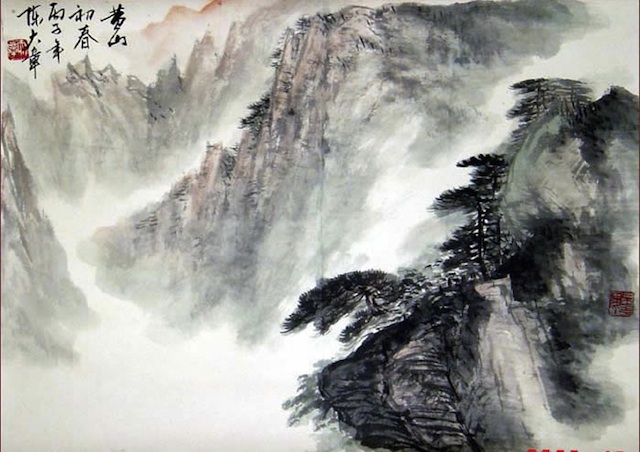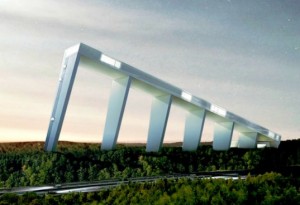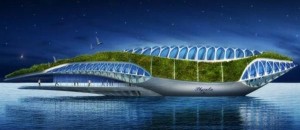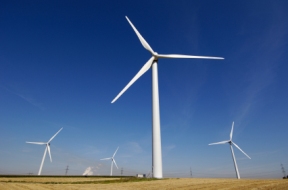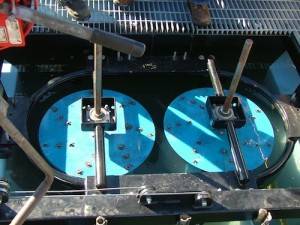In an odd fusion of dirty energy and clean energy, a Texas company is devising a way to generate hydropower from the effluent stream of water emitted from traditional power plants following cooling cycles.
Gulfstream Technologies has successfully run a pilot project for a year and a half at a power plant by a lake in Texas, generating electricity with a hydrokinetic turbine that harnesses the flow of water that regularly and consistently comes out of the plant.
Not only coal plants’ discharges are involved. Nuclear plants also discharge waste water. The devices invented by Todd and Phillip Janca, the brains behind Gulfstream Technologies, can harness the flows from any kind of municipal pipes and commercial discharge canals, as well as natural flows from rivers or ocean currents.
(more…)
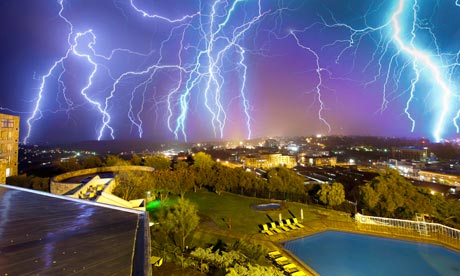
 Follow
Follow